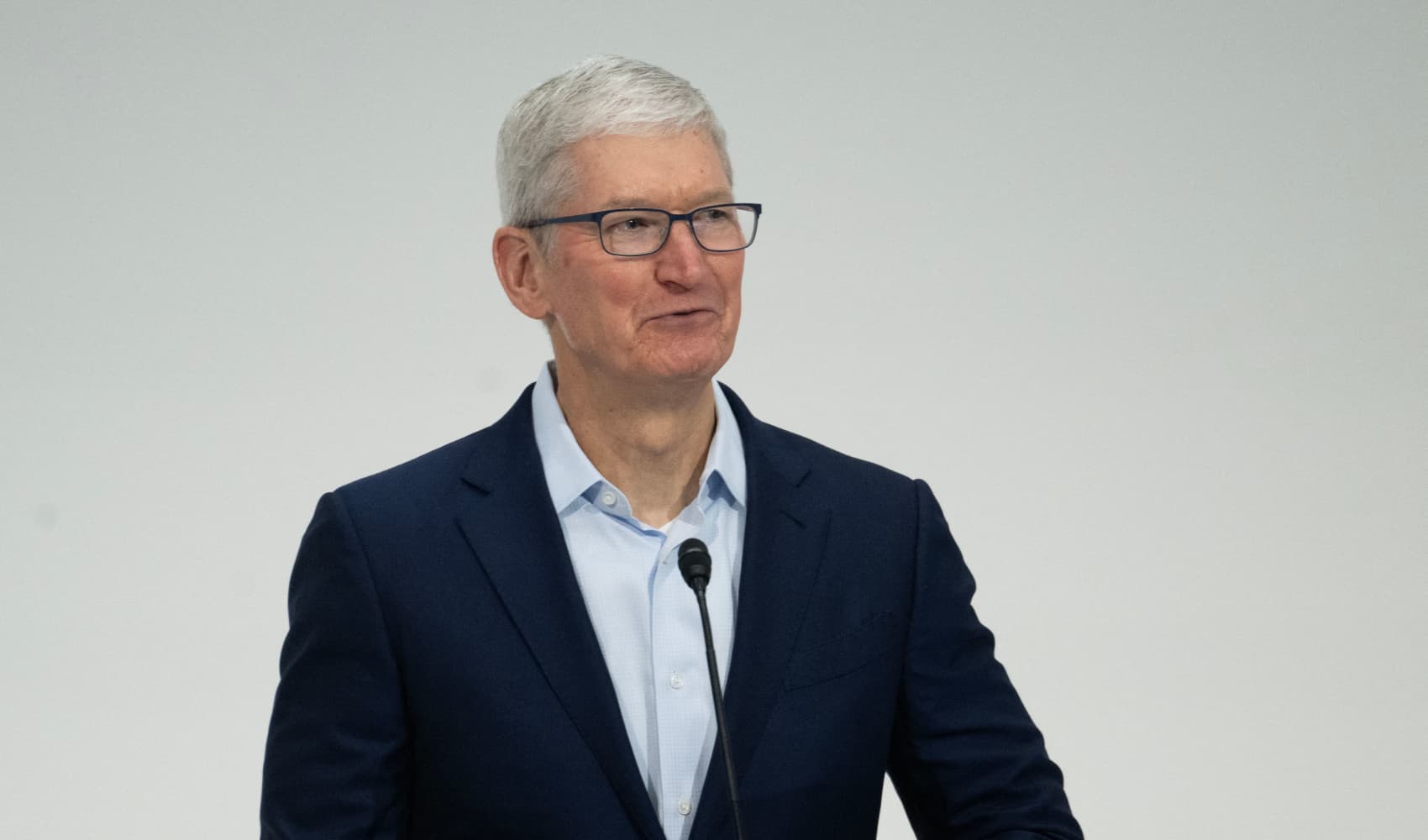
If you still have money in your flexible spending account, be aware that you may have only another week or so to spend it.
Congressional action loosened FSA rules for 2020 and 2021 as a way to give workers more time to spend unused funds, yet many companies did not adopt the temporary changes. This means you could face a Dec. 31 deadline to use any remaining money or lose it.
If you're unsure, "figure out what your plan specifically is doing or not doing," said Preston Farrington, CEO of Health-E Commerce, parent company of FSAstore.com.
"See if you received any emails from your benefits provider or your employer," Farrington said. "Or you can check your [online] benefits portal or with your HR department."
Get DFW local news, weather forecasts and entertainment stories to your inbox. Sign up for NBC DFW newsletters.
More from Invest in You:
4 savvy money moves to make before year-end
January is a good time to look for a job. How to prepare
The IRS wants to know about your crypto transactions
FSAs let workers stash away pre-tax money for qualifying medical or dependent-care expenses. Roughly 43% of workers at private employers have access to FSAs, both for health care and dependent care, according to the Bureau of Labor Statistics.
In typical years, any unused money in your FSA at the end of the plan year is forfeited unless your employer gives you a 2.5-month grace period to spend the money. For health-care FSAs only, some employers allow you to carry over a certain amount (up to $550 for 2021) into the next year.
Money Report
The temporary rules allow businesses to extend those grace periods to the end of next year, remove the cap on carryovers into 2022 for health-care FSAs and let dependent-care FSA money be rolled over into next year. Companies also were able to increase their 2021 contribution limit for dependent-care FSAs to as much as $10,500, more than double the standard $5,000.
Again, though, these reprieves are only available if your employer chose to adopt them.
An estimated $400 million to $500 million ends up being forfeited each year in FSAs, according to FSAStore.com.
The good news, at least for health-care FSAs, is that Congress also has expanded what qualifies as eligible medical expenses, and that applies to you no matter what company you work for. So you may be able to find eligible products you commonly use as a way to spend down funds you face losing. (This does not apply to limited-purpose FSAs, which generally cover just dental and vision expenses.)
For starters, over-the-counter drugs no longer need a prescription to qualify, Farrington said. This includes things like cold medicines, anti-inflammatories and allergy medicine.
Additionally, menstrual care products are now eligible, as are items that have become pertinent during the pandemic: at-home Covid tests, masks, hand sanitizer and other personal protection equipment used to combat the virus.
Be aware, however, that the IRS does not allow stockpiling, which generally means if you buy more than three identical products in a transaction, your FSA plan administrator may not allow the expense.

And, of course, you can use your FSA funds for expenses like doctor and dentist appointments, prescription drugs and other health-care services like acupuncture and addiction treatment. There also are items that you may not know qualify, such as sunscreen, thermometers, eyecare products, baby monitors and pregnancy tests. FSAStore.com has a list of eligible items if you are uncertain whether something would qualify.
While dependent-care FSAs are most commonly used for day-care expenses, there are lesser-known qualifying expenses: day camps, elder care, babysitting that is work-related, transportation and household services, such as housekeeping, that are performed by a household employee also providing care for a qualifying dependent.
The limit for 2022 contributions to health-care FSAs is $2,850, up from this year's cap of $2,750. For dependent-care FSAs, the amount you can stash away will revert back to $5,000 a year for single taxpayers and married couples filing jointly from the higher $10,500 allowed this year.
SIGN UP: Money 101 is an 8-week learning course to financial freedom, delivered weekly to your inbox.
CHECK OUT: I quit my 9-to-5 to run my side hustle once I could pay myself $4,000 a month: Here’s my best advice with Acorns+CNBC
Disclosure: NBCUniversal and Comcast Ventures are investors in Acorns.






